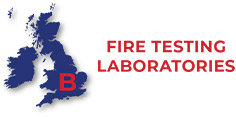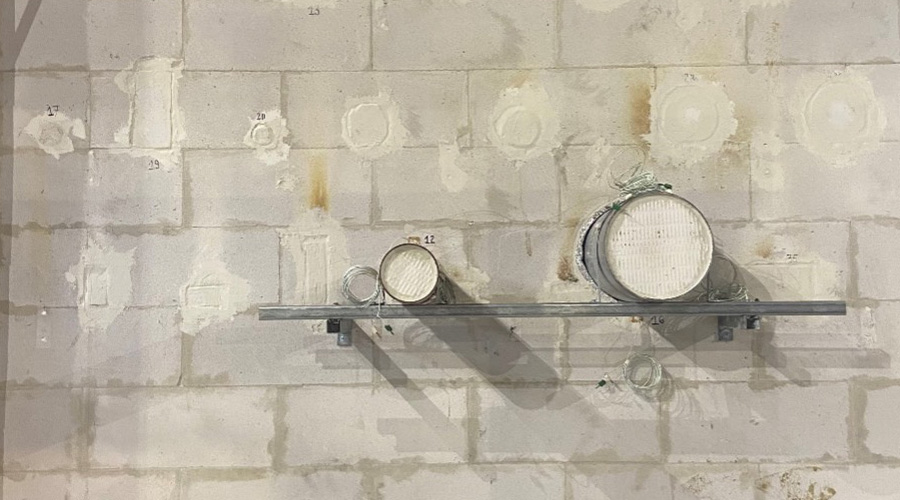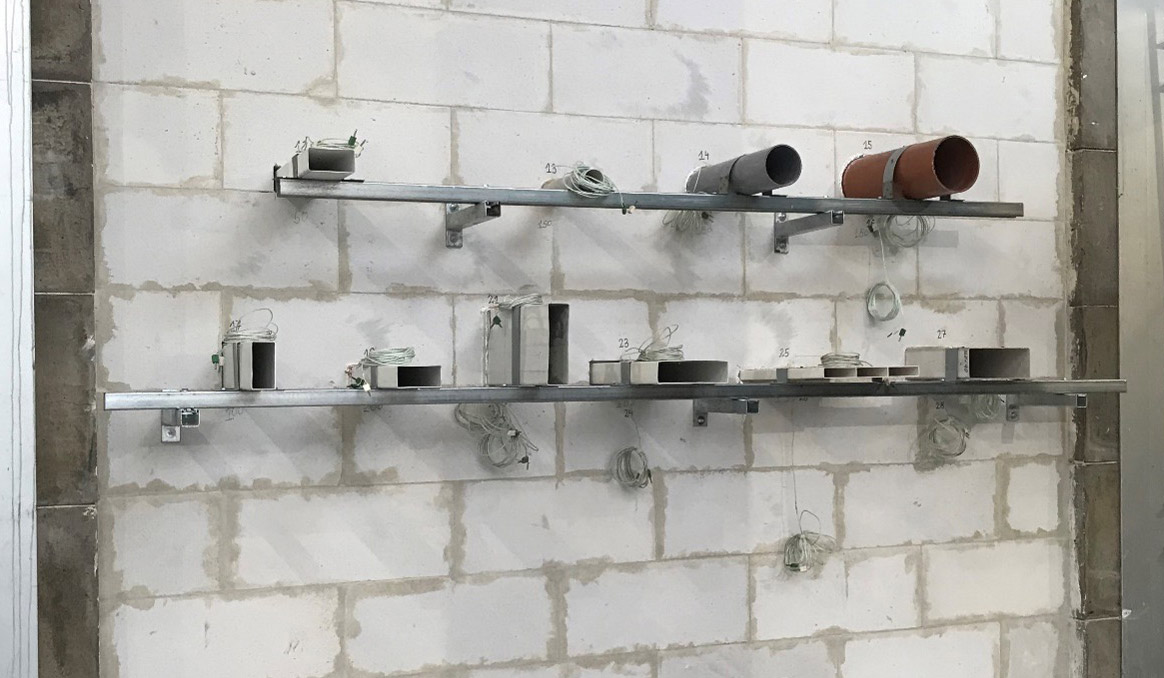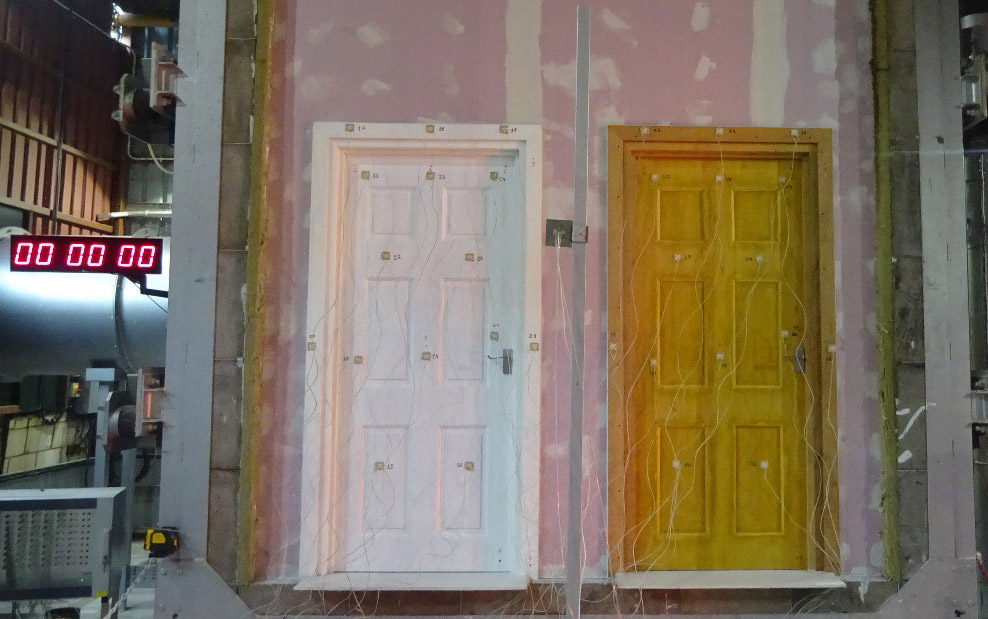The testing of products for fire safety is a critical part of the manufacturing process. It ensures that the products are safe and reliable in the event of a fire. This testing is important not only for meeting regulatory standards but also for improving safety and advancing product development.
One of the primary reasons for fire testing is to comply with local, national or international regulations. These regulations stipulate how materials should behave in a fire, such as limiting smoke emission or reducing flammability. Without fire testing, a product may fail to meet these essential standards, leading to certification issues and potential market restrictions.
Safety is also a paramount concern. Fire-tested products are designed to resist ignition and slow the spread of flames, giving individuals more time to evacuate during a fire. This delay is critical, as it can make the difference between a minor incident and a catastrophic event. Ensuring that your products are fire-resistant can prevent severe injuries and save lives.
Incorporating fire testing early in the product development process can prevent costly revisions and delays later on. By ensuring that materials and designs meet fire safety standards from the outset, manufacturers can streamline the development process, reduce costs, and bring safer products to market more quickly.
Fire testing is an indispensable part of product manufacturing, providing a safeguard for both consumers and businesses. By ensuring compliance with regulations, enhancing safety, reducing smoke production, understanding material flammability, and improving development efficiency, fire testing helps create safer, more reliable products. Prioritising fire resistance in your products not only protects lives but also fortifies your brand’s reputation for safety and quality.




